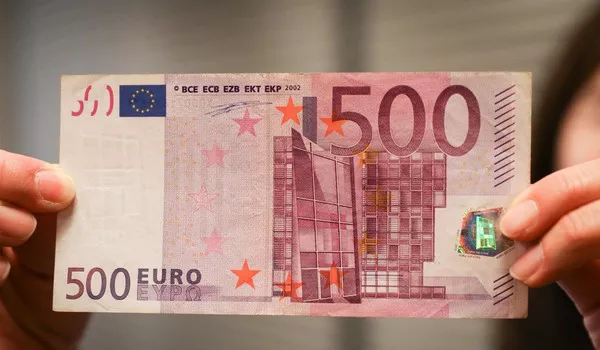As a traveler, one of the most important things you need to consider is how to exchange your money to the local currency. With so many options available, it’s easy to get overwhelmed and end up with a bad deal. In this article, we’ll guide you through the best places to exchange currency in Europe.
Banks:
When it comes to exchanging currency, banks are usually the safest option. They offer competitive rates and have a reputation to uphold. Here are some things to keep in mind when using banks for currency exchange:
- Compare rates: Banks usually charge a commission or a percentage of the transaction amount as fees. Make sure to compare rates from different banks before exchanging your money.
- Timing: Some banks may not have all currencies available at all times. It’s always a good idea to call ahead and check if they have the currency you need before visiting the bank.
- ID requirements: Banks often require a valid passport or other form of identification to exchange currency.
ATMs:
ATMs are convenient and readily available in most cities in Europe. The exchange rate offered by ATMs is usually better than that offered by hotels or exchange bureaus. Here’s what you need to know about using ATMs for currency exchange:
- Fees: ATM fees can vary depending on your bank and the machine you use. Check with your bank to see if they have partnerships with any banks in Europe to avoid hefty withdrawal fees.
- Daily limits: Most ATMs have daily withdrawal limits. Keep this in mind if you need to withdraw a large amount of cash.
- Exchange rate: ATMs usually offer the interbank exchange rate, which is generally better than the rate offered by exchange bureaus. However, some banks may add their own fees, so be sure to check.
Exchange Bureaus:
Exchange bureaus are usually the most expensive option for currency exchange. However, they can be convenient if you need to exchange a small amount of money quickly. Here’s what you need to know about exchange bureaus:
- Rates: Exchange bureaus often charge high fees and offer poor exchange rates. Make sure to compare rates from different bureaus before exchanging your money.
- Commission: Exchange bureaus may also charge a commission on top of the transaction fee. Be sure to ask about any additional fees before exchanging your money.
- Security: Some exchange bureaus don’t have the same security measures in place as banks do. Make sure to use reputable bureaus that have a good reputation.
Credit Cards:
Using a credit card for currency exchange is becoming more popular among travelers. Here are some things to consider when using a credit card for currency exchange:
- Fees: Credit cards often charge a foreign transaction fee, which can range from 1-3% of the transaction amount. Check with your credit card company to see if they offer any travel rewards that can offset these fees.
- Exchange rate: Credit card companies usually offer competitive exchange rates. However, some companies may add their own fees, so be sure to check.
- Acceptance: Not all merchants accept credit cards, especially smaller vendors in some European cities. Make sure to have cash on hand as a backup.
In conclusion, there are several options available for currency exchange in Europe. Banks and ATMs usually offer the best rates, while exchange bureaus can be convenient but expensive. Using a credit card for currency exchange can also be an option, but make sure to check for fees and acceptance. By keeping these tips in mind, you can get the best deal on currency exchange and enjoy your travels in Europe without worrying about money.
Related Topics:
- Euros Across European Countries: You Need to Know
- 3 Reasons Behind Poland’s Refusal to Euro
- How to Get a Euro Credit Card in Canada: A Full Guide
- Which Countries Use Euro Currency?


























